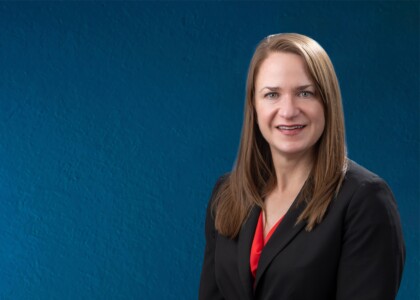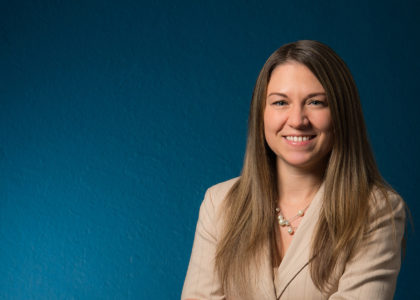Late on Thursday, April 2, the Treasury Department issued SBA-2020-015 that provides additional guidance regarding the Paycheck Protection Program. This Rule clarifies some items, but questions remain. Borrowers need to understand the inconsistencies between the CARES Act, the Interim Final Rule and the loan application instructions to determine the position that best fits their circumstances.
To understand the basics of the Paycheck Protection Program, please review our prior Client Alert.
Application Form and Borrower Certifications
The final application form is now available. While the application itself is straightforward, note that the borrower must certify to the statements outlined on page two of the application.
Maximum Loan Amount
The confusion has been on how to calculate the average monthly payroll in order to determine the maximum loan amount.
The maximum loan amount is 2.5 times the average total monthly payments for qualified payroll costs, but not more than $10 million.
Qualified Payroll Costs
In general, Qualified Payroll Costs include:
- Salary, wages, commissions and tips (limited to $100,000 annual amount per individual employee);
- Group health insurance; and
- Payments of any retirement benefits.
Our understanding of the current information is that you must exclude from the above amounts the following:
- Employee’s portion of social security and Medicare taxes paid after February 15, 2020 and before June 30, 2020;
- Employee’s share of Federal withholding tax paid after February 15, 2020 and before June 30, 2020;
- Compensation for employees whose principal place of residence is outside the United States; and
- Qualified sick and family leave wages for which a credit was received under Sections 7001 or 7003 of the Families First Coronavirus Response Act.
Average Monthly Payroll Costs
To determine the average monthly payroll costs, the CARES Act states that you should average the payroll made for the one-year period before the date the loan is made. The SBA application, however, states that most employers will use the average monthly payroll for 2019. We believe that both alternatives are available to borrowers.
Our recommendation is to use the 2019 calendar year in most cases because:
- The reduction for payroll taxes outlined above will not apply to any of this period; and
- The calculation is easier to determine and support by using annual W-2 forms, etc.
If the April 1, 2019 through March 31, 2020 period makes more sense in your situation, it remains an option. A seasonal employer can still use the average of monthly payroll for the 12 weeks starting February 15, 2019, or the period from March 1, 2019 through June 30, 2019, at their discretion.
When is the $100,000 Cap on Total Payroll Costs Per Employee Applied?
The total compensation for an employee is capped at $100,000 annually or $8,333.33 for the monthly payroll costs. It remains unclear if this cap is on an individual employee’s pay before or after benefit payments.
Can You Include Payments to Independent Contractors as Qualified Payroll Costs to Determine the Maximum Loan Amount?
No, the new guidance has made it clear that independent contractors are not included in the computation of monthly payroll costs and should file their own application, if qualified.
Amount Forgiven
In addition to the rules laid out in our earlier Client Alert, the SBA has added a new rule that at least 75% of the forgivable amount must come from payroll costs. In other words, no more than 25% of the forgivable amount can come from rent, utilities and other non-payroll costs that qualify for forgiveness.
At this writing, we believe that the loan forgiveness computation will require Qualified Payroll Costs to be net of employee federal withholding, FICA and Medicare taxes. This may reduce the amount to be forgiven.
These two provisions, when combined, suggest that most borrowers will have less than 100% of the loan forgiven.
How is the Remaining Loan Treated?
The interest loan rate has been increased to 1.0% with a two-year amortization period for all loans.
We will continue to monitor changes and guidance as they become available. If you have questions regarding this Client Alert or if we can be of assistance in helping you through the application process, please contact Frank Washelesky at [email protected] or your ORBA advisor.
Related Services
Related Industries
Law Firms and Lawyers
Health Care
Restaurant
Real Estate
Dental
Manufacturing and Distribution
Not-For-Profit








































































































